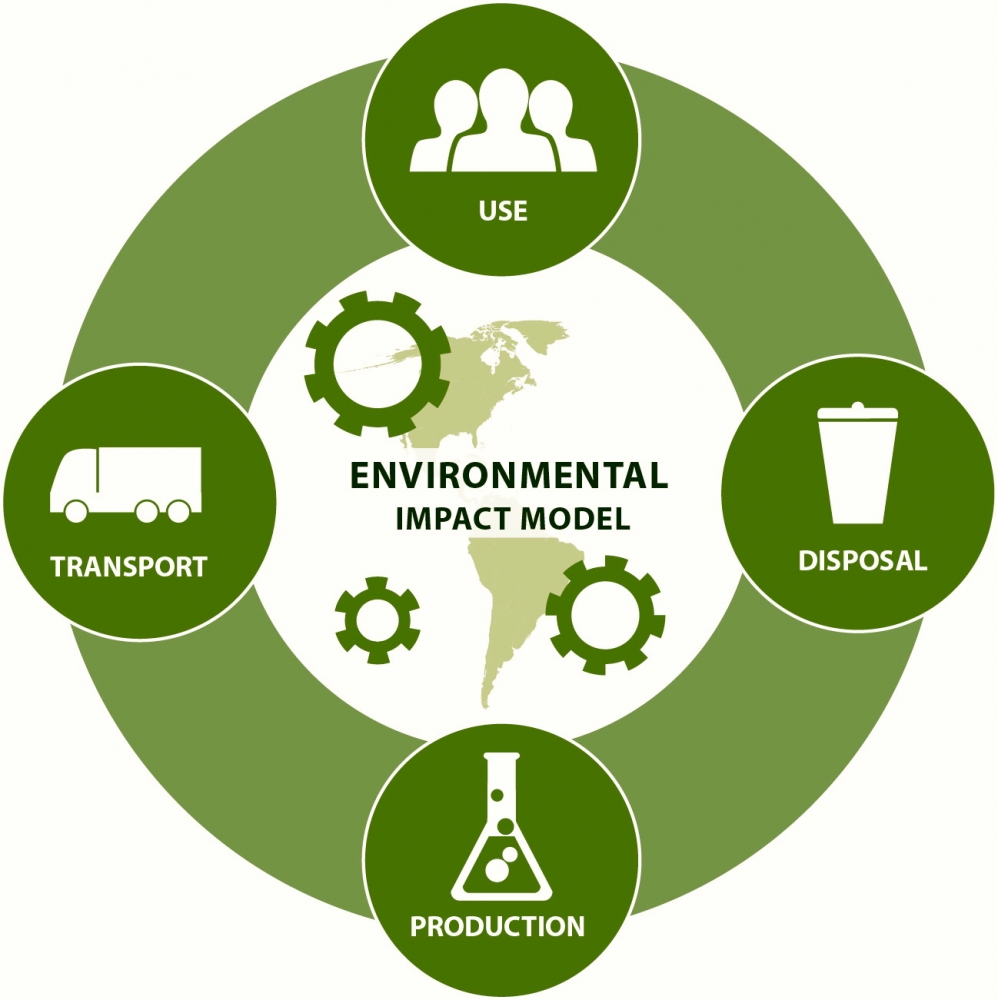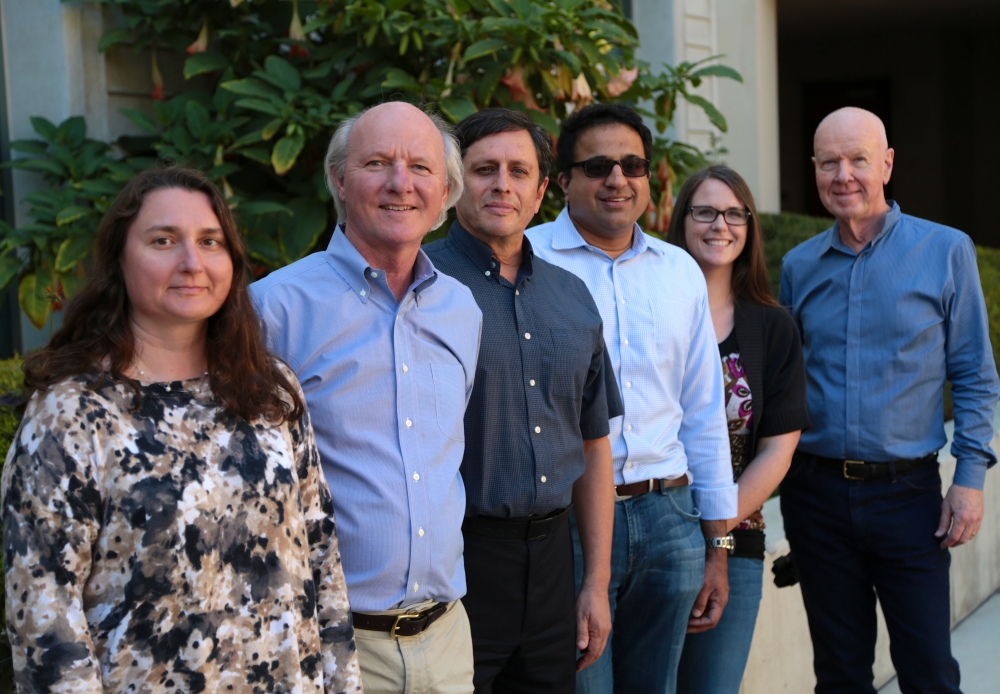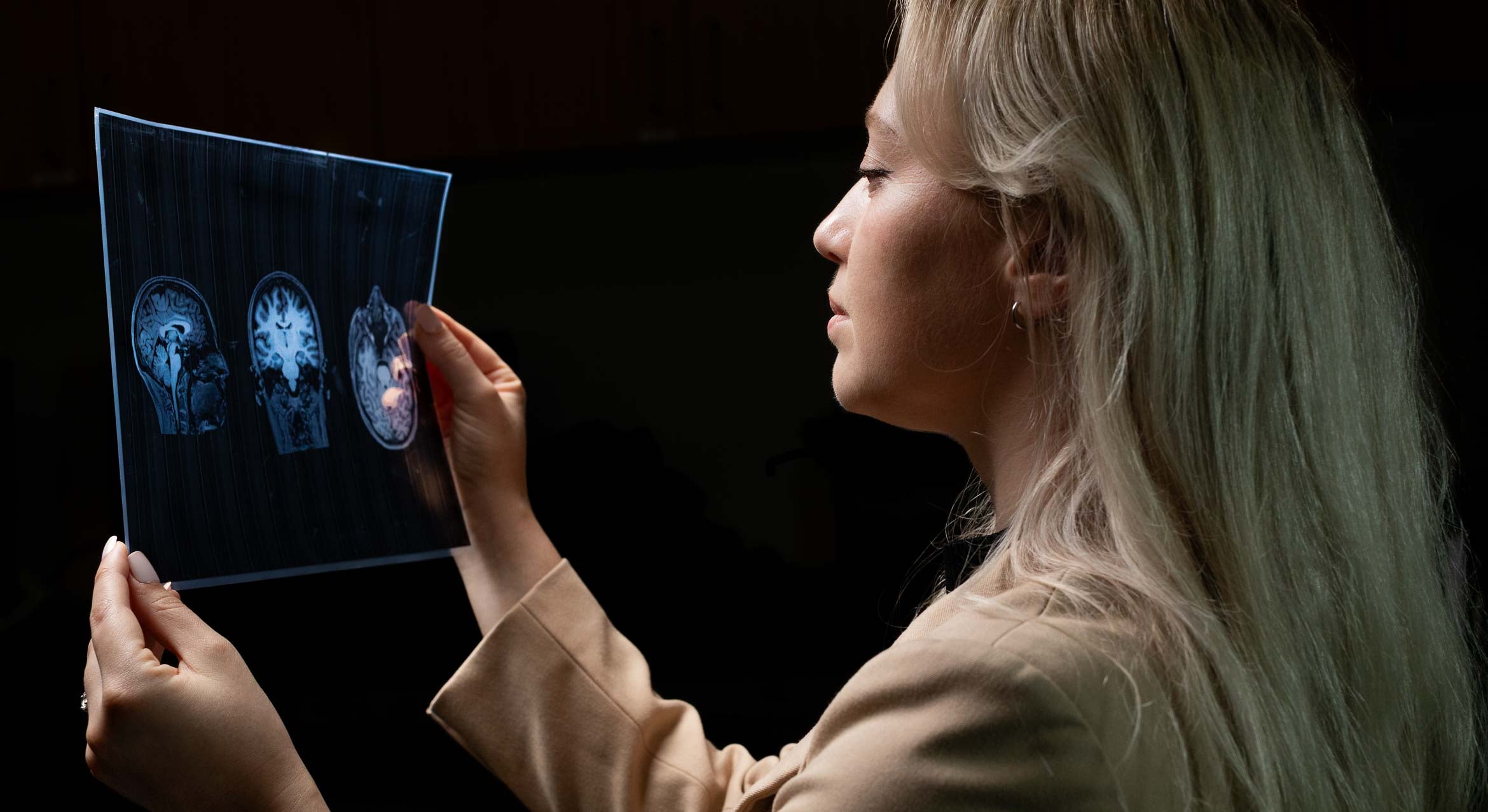Faster Environmental Testing for New Synthetic Chemicals and Materials

Each day, roughly 15,000 new chemicals are registered to the American Chemical Society’s chemicals list. As a result, an unprecedented gap has opened between the development of these novel substances and scientists’ ability to understand their potential health and environmental impacts. Faster methods of assessing those possible effects are needed.
Determining life-cycle impacts at an early stage in the development process is the goal of the Sustainable Chemical Network, a UC Santa Barbara collaboration among professors at the Bren School of Environmental Science & Management and several other departments on campus. Joining Bren School professors Sangwon Suh and Arturo Keller in the new $4.8 million initiative funded by the Environmental Protection Agency are chemical engineering professors Susannah Scott and Michael Doherty; chemistry professor Ram Seshadri; and David Auston, executive director of the Institute on Energy Efficiency. In addition, a group of industry partners — Unilever, Dow Chemical Company and Raytheon — will be involved.
“To keep up with that production, we need a creative solution to provide timely information on the environmental performance of those chemicals, and we need it at an early stage of their design,” said Suh. “It is certainly a challenge, but we have a team of excellent collaborators from multiple disciplines ready to tackle it.”
The group will create an online tool, the Chemical Life-Cycle Builder (CLB), to quickly and easily quantify environmental and health implications of new synthetic chemicals and materials — including nanomaterials — over their life cycles and share such information with the rest of the world. Life-cycle impacts may include exposure to toxic chemicals or materials, which can occur not only during the synthesis, use and end-of-life stages, but also earlier — for instance, through groundwater contamination that may occur as raw materials are extracted prior to production. Energy use and carbon footprint will also be evaluated.
Indirect impacts may result from other substances associated with the life cycle of chemicals and materials. According to the project proposal, in a recent study of 99 chemicals, a majority of the life-cycle impacts were caused by substances other than the chemicals themselves.
“While it will be challenging to predict the environmental implications of novel materials,” said Keller, “it is very exciting to be at the forefront of this research, developing the tools to do so.”
Once the method and basic data are developed and approved by the network’s industry and academic partners, the CLB will be implemented on the Web as an open-access platform. Specifically, it will enable rapid, high-throughput screening of life-cycle impacts for new chemicals; provide a platform for accessing, generating and sharing information on the life-cycle impacts of chemicals; and expand life-cycle thinking among new professionals, college and high school students and the general public through highly accessible, targeted modules.
“Wide use of CLB will enable the organic growth of a life-cycle assessment database for chemicals and materials,” said Keller. “The project is expected to develop our future workforce via the active participation of graduate students and postdoctoral researchers in industry-academic partnerships, internships and international experiences.”





